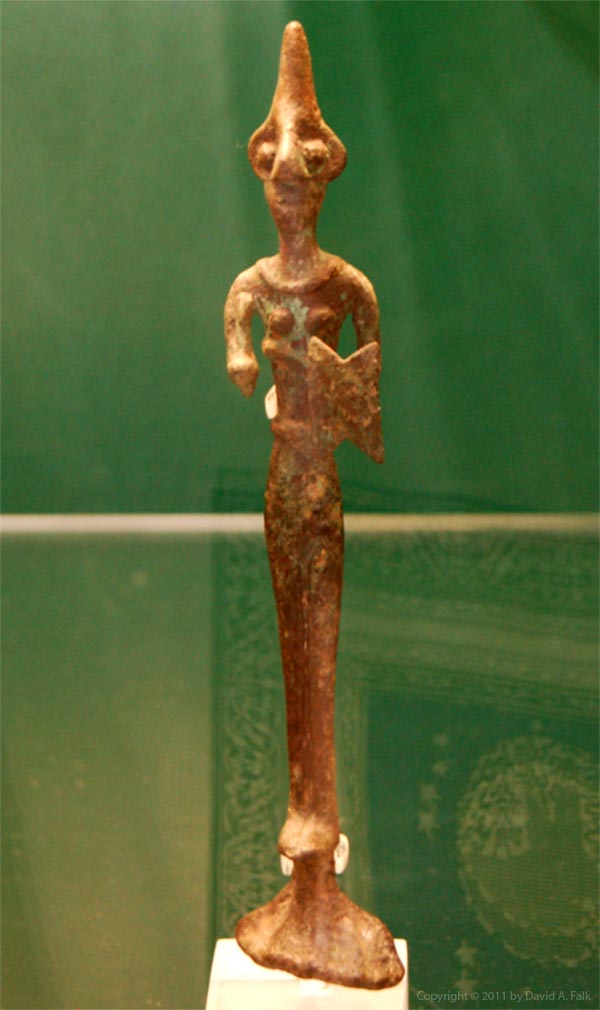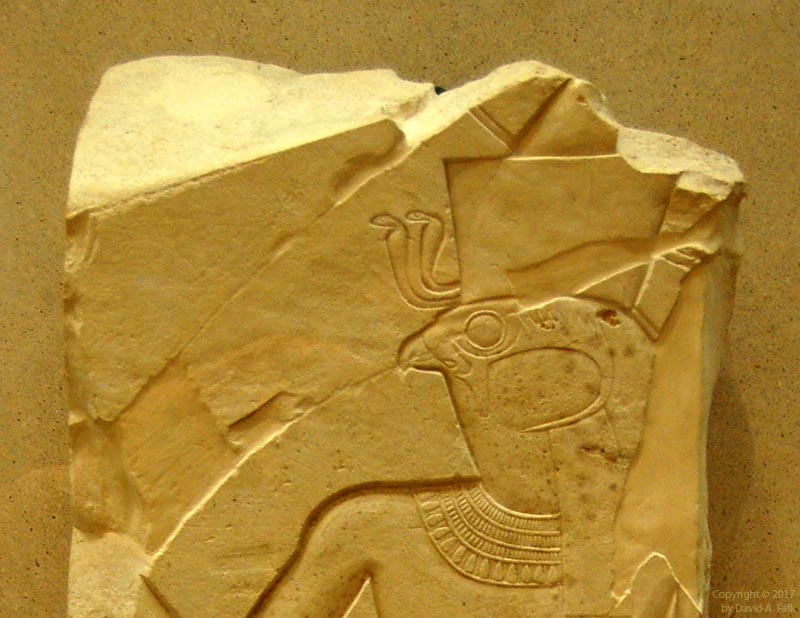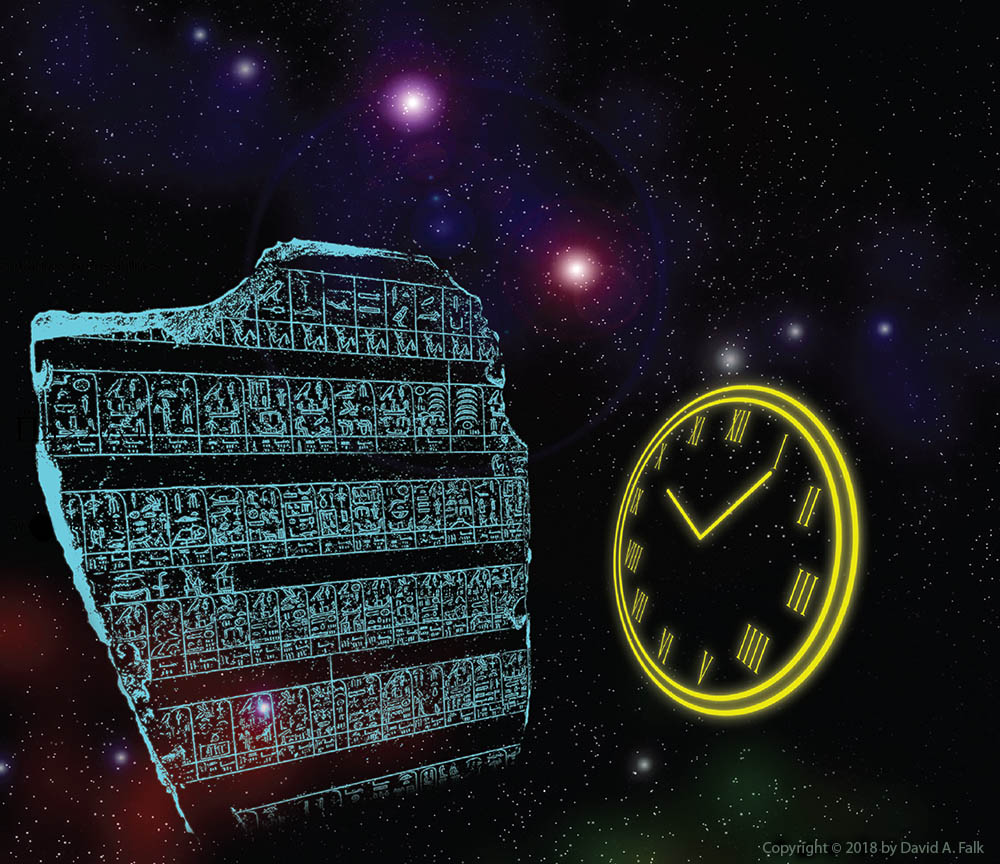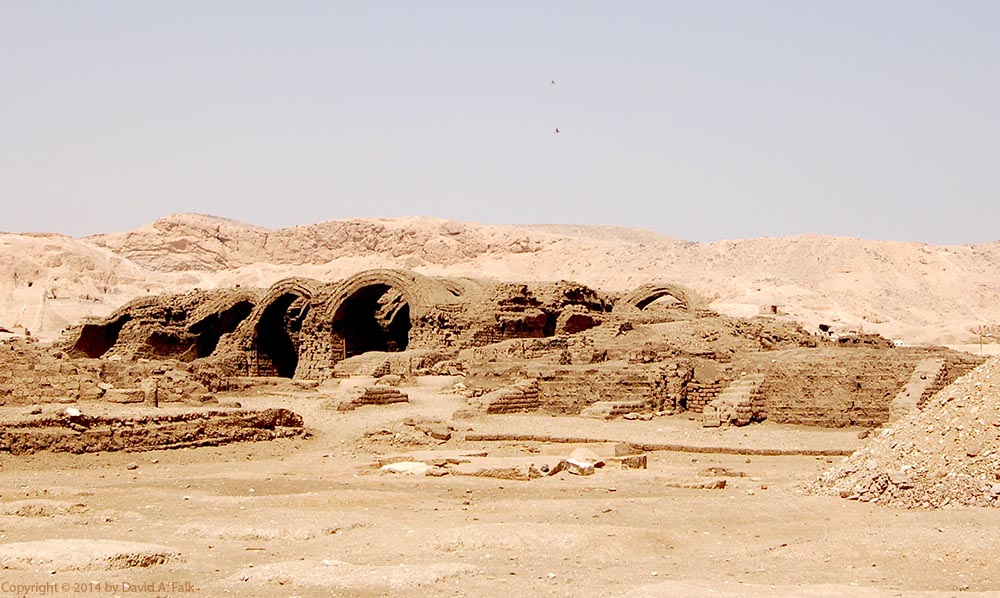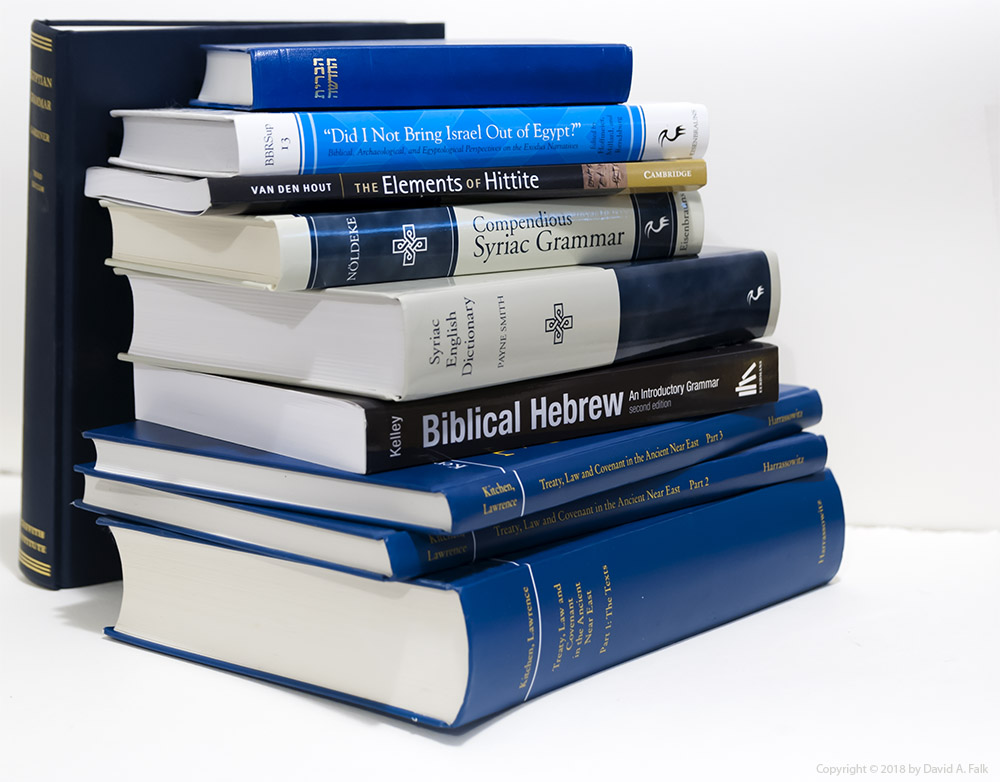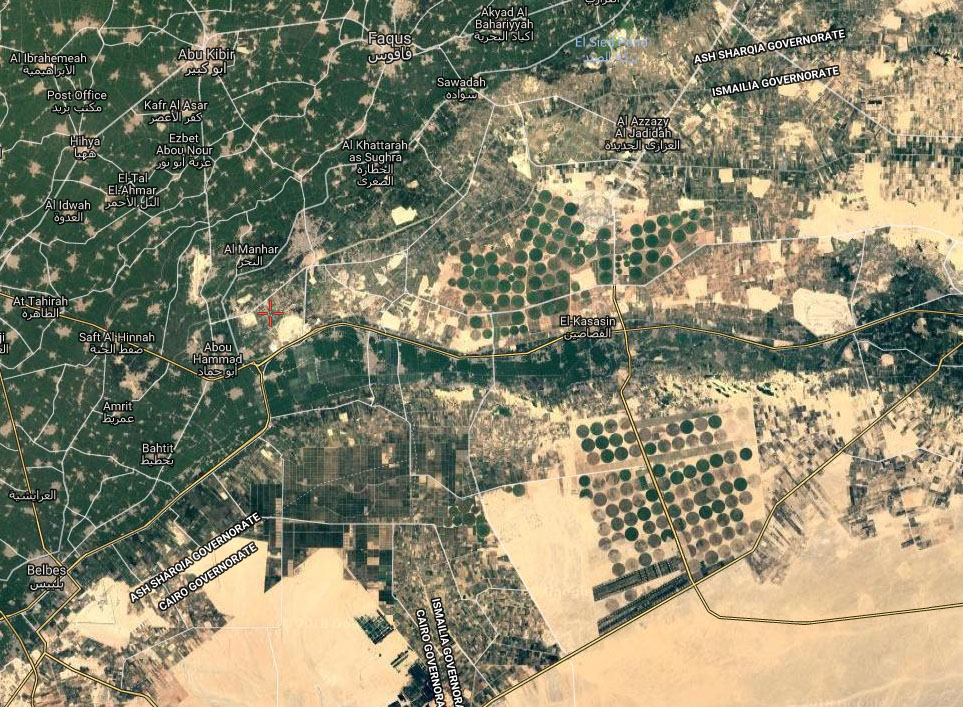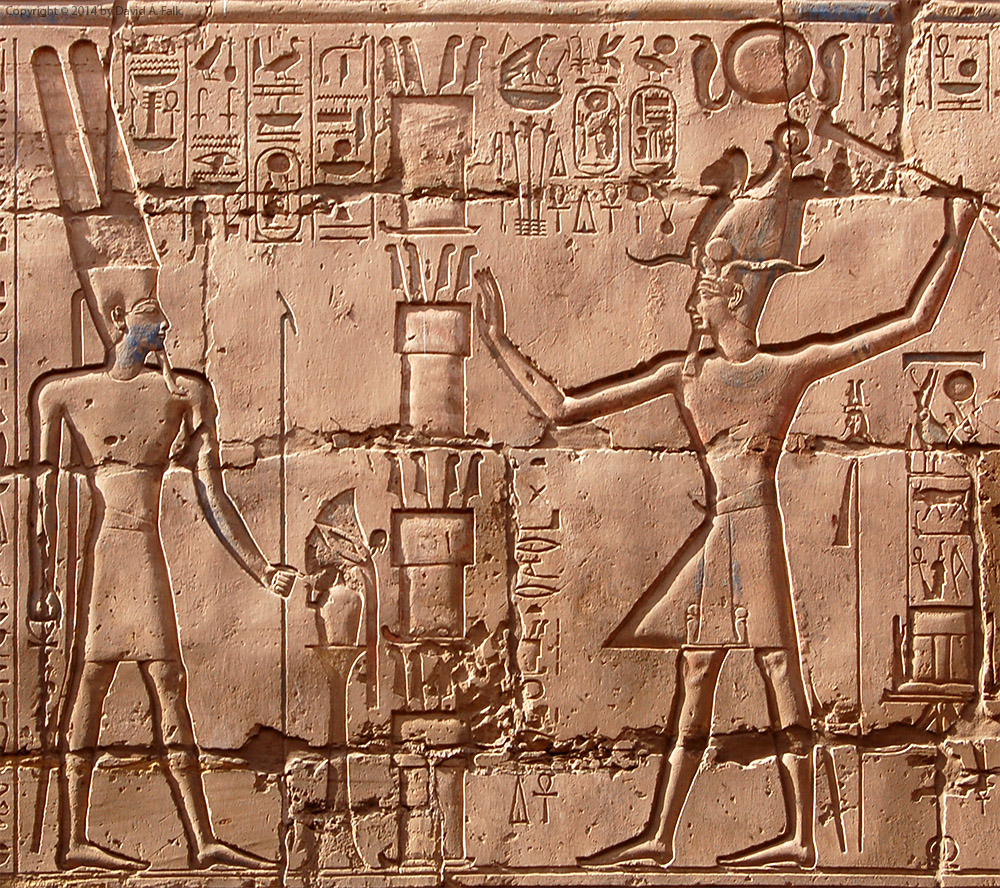Tag: ancient
Groundhog: Latest Breakthrough in Chronology
The Problem of Chronology
The fundamental problem was that anyone could develop a chronology without any rigor. Even conservative theories from otherwise respectable academics often had the same epistemological basis as the lunatic theories. Theories asserted to be true couldn’t be shown to be true or false. Prior to 2017 the “sniff test” of plausibility was the best that scholars thought that they could hope for.During my PhD studies I was a research assistant under Kenneth A. Kitchen. As I watched Professor Kitchen work, I noticed how mechanical chronology creation could be. Based upon my observations of how Kitchen constructed chronologies, I began to work on Groundhog: Chronology Test Laboratory in 2014.
At first I tried to create a program that could simply reconstruct Kitchen’s chronological process with a computer. But the deeper I got into it, I observed several things about chronology that were never before documented in any meaningful way.
My Observations
(1) Theories of chronology are essentially the dates or reign-lengths ascribed to the various kings of the ancient Near East. This is the subjective data or hypothesis that any particular modern scholar would be trying to prove. These numbers vary with each tested theory.(2) Kings in the ancient Near East sent letters and treaties to each other. These documents created synchronisms. A synchronism is a relationship between two people that shows that they lived at the same time.
Regardless of the dates assigned to the reigns of the kings, synchronisms are static. Synchronisms do not change. The marriage contract between Ramesses II and Hattusili III is a synchronism that will never change regardless of the dates assigned. Synchronisms are the objective data.
(3) If we have a subjective hypothesis and objective data, designing an experiment to test the hypothesis against the data, provided that the data is sufficient, becomes possible. In the ancient Near East, about 500 kings and 150 synchronisms are attested well enough for this purpose. This provides a sufficient basis for testing.
Development of Groundhog
Having the pieces in place, I developed a software platform with the ability to take a chronology and test it for internal consistency. Using Groundhog, one can reconstruct a chronology and test it against the 150 synchronisms. This test produces a result that shows the chronology to be internally consistent or not. While this test does not show if a chronology is true, it can show if a chronology must be false.For the first time, a chronology can be tested objectively, rejecting certain theories from further consideration. This new tool can also assist human operators to eliminate errors from a chronology that are caused by an inability to factor the consequences of extended interdependencies. And finally, Groundhog introduces to the field a theoretical basis and methodological praxis that has been sorely lacking.
For more information about Groundhog see the project web site at http://www.groundhogchronology.com
Baal-Zephon, Lord of the North
To Amūn of the temple of the gods; to the Ennead that is in Pi-Ptaḥ; to Baˁalim, to Ḳadesh, and to Anyt; (to) Baˁal Zephon (bˁr-ḏȜpn), to Sopd. Papyrus Sallier IV (vs. 1:6)The Hyksos who worshipped the storm god associated this god with the Egyptian storm god, Seth. The Egyptians continued to use this association after the Hyksos left Egypt. Given that the author of Papyrus Sallier IV wrote the toponym Baˁal-Zephon with the Seth character; Baal in this toponym may be a reference to Seth. The second element of the toponym, the word zephon, means “north” in Semitic languages. However, Zephon by itself also appears as a toponym in Amarna Letter 274, most likely as a name of a Levantine city. Thus, it is unclear whether zephon in Baal-Zephon refers to a direction, yielding “Baal of the North,” or a place, “Baal of (the city) Zephon.”
Pi-Hahiroth, “Estate of the Temple of the Wadjet” by any other name
The (Sea of) Reeds (pȜ–ṯwfy) comes to papyrus reeds and the (Waters-of)-Horus (pȜ–ḥr) to rushes. Twigs of the orchards and wreaths of the vine-yards [ … ] birds from the Cataract region. It leans upon [ … ] the Sea (pȜ ym) with bg-fish and bȗrἰ-fish, and even their hinterlands provide it. The Great-of-Victories youths are in festive attire every day; sweet moringa-oil is upon their heads having hair freshly braided. They stand beside their doors. Their hands bowed down with foliage and greenery of Pi-Hahirot (pr-ḥwt-ḥrt) and flax of the Waters-of-Horus. The day that one enters (Pi)ramesses (wsr-mȜˁ-rˁ stp-n-rˁ) l.p.h., Montu-of-the-Two-Lands. Papyrus Anastasis III (2:11-3:4)This document, dated to the third year of Ramesses II’s successor, Merneptah (ca. 1222-1212 BCE), locates Pi-Hahiroth on the way from the Sea of Reeds (pȜ ṯwfy) towards Piramesses. It appears as though Pi-Hahiroth was probably on the south coast of the Sea of Reeds in a marshy area on the edge of the desert. While no one knows the exact location of Pi-Hahiroth, it was probably is in close proximity to Migdol and Baal Zephon. Egyptologists have long struggled with the meaning of the pr-ḥwt-ḥrt toponym. And early Egyptologists suggested that it might mean “House of (the goddess) Hathor,” assuming that the word ḥrt was an unusual or mistaken spelling of Hathor. The toponym follows Egyptian convention beginning with the hieroglyphic pr-ḥwt, “estate of the temple” or “house of the precinct.” It ends with the goddess character indicating that the final element, ḥrt, is theophoric. William F. Albright suggested that it might mean “the mouth of the canals,” which he suggested was perhaps a Semitic etymology of the Egyptian Pi-Ḥ-r-t, yet this creative solution ultimately did not solve the problem of the theophoric name. He suggested that Heret was the name of a Semitic goddess. The problem is that, even though the name could mean “Estate of the Temple of (the goddess) Heret,” no such goddess is known. Therefore, Albright’s proposal was not a tenable solution to the problem. I believe that ḥrt is an abbreviated spelling of ḥry(t)-tp, “the one who is on top.” The term ḥry(t)-tp is one of the epithets of the Uraeus serpent goddess, Wadjet, and therefore, the name would mean, “Estate of the goddess who is on top (=Wadjet).” This solution retains the theophoric aspects of the toponym and is consistent with known examples of the Wadjet epithet (e.g. Karnak Rhetorical Stela [KRI V 89.10]).
Chronology: Why it Matters.
What is chronology
Simply defined chronology is the science (or art) of arranging things in order of time. It is primarily concerned with the arrangement of past events and persons in an cohesive, logical order of occurrence. Chronology deals with three things: (1) the order of events, (2) the length events runs, and (3) the grouping of events. The story of chronology begins long before the origin of the wheel (ca 2500 BCE) and even before the invention of writing (ca. 3000 BCE). If we believe the Mesopotamian chronicles, chronology began with an oral tradition concerning the kings of the distant past. Before the advent of precise record keeping, people were keeping track of the sequences of actors. The archaeological record confirms the real existence of some kings thought at one time to be strictly mythological, e.g., Gilgamesh. The oral tradition has preserved the sequence of actors at least in some semblance.Why chronology matters
No study is more fundamental to the questions of “who are we?” and “where did we come from?” than chronology. It is difficult to answer these questions, but this study affords us the opportunity for a few precious answers. And as we glean the distant past, we can gain these insights by studying the archaeological and textual remains of our ancestors. Chronology is not simply an attempt of modern peoples to understand the past. It is a need that taps deep into what it means to be human. No other animal seeks connection to the past or gains significance by being part of an unbroken chain of causal events. The need to know where we come from owes its existence to the human faculty of externalizing our existence. Our existence is extended to the continuity of our community. However, this drive to know where our ancestors came from was not the same as what we would now consider to be history. The peoples of the ancient world had a sense of history but it is not history as we know it. The preceding blog was an abridged excerpt out of the book that I am currently writing.Pithom, “House of Atum”
The Best Ancient Egyptian Dictionaries
As an Egyptologist who has taught at a university, teaching the ancient Egyptian language is one of my duties… and great pleasures. And sooner or later, my students will need one or more dictionaries in order to continue studying Egyptian at a more advanced level.
Not All Dictionaries are Created Equal
One my specializations as an Egyptologist is lexicography. Lexicography is the study of the meaning of words. It is a field of study that has been much neglected over the past century but is imperative to our understanding of the Egyptian language.
As one grasps the issues involved in lexicography, one soon discovers that not all dictionaries are created equally. You will look at the definition in a dictionary and say to yourself, “Well, it sort of means that but not really.” Or you’ll even find that some definitions were originally placeholders that are accepted as part of the academic tradition.
For example, tἰšpss is frequently translated as “cinnamon” based upon how Breasted translated the word in AD 1906. He reasoned that the “merely hypothetical” translation “cinnamon” would eventually be corrected (Schoff 1920, 263). Within a couple generations, the definition entered into the academic tradition and became an accepted translation (Lesko, 2:201; Wilson 1124). But the problem remained–cinnamon trees do not grow in Africa.
And some dictionaries are so woefully flawed or out of date as to be absolutely useless, e.g., E. A. Wallis Budge, An Egyptian Hieroglyphic Dictionary (1920).
Best Dictionaries for Learning Egyptian
More often, students will resort to resources including dictionaries that they find online, e.g., Mark Vygus’ Middle Egyptian Dictionary (2002-2018). These “efforts” are not really dictionaries but word lists that have been extracted from someone else’s work/database.
For example, Vygus’ dictionary was extracted from Luca Brigatti’s Hieroword software. Paul Dickson’s Dictionary of Middle Egyptian (2006) in turn depends largely upon Vygus’ work. Neither Dickson, Vygus, nor Brigatti have a publication record in Egyptological journals. And as far as I can tell, they have no credentials in the field so their unvetted, low quality word lists are best avoided. What terrifies me is that I’ve seen these word lists used in so-called scholarly works (e.g. Petrovich, 2016).
So here is my list of the best dictionaries for learning ancient Egyptian annotated with my opinion as to each work’s merits and problems.
Raymond A. Faulkner, A Concise Dictionary of Middle Egyptian (1962).
This is the “go to” dictionary for students learning Middle Egyptian, and rightly so despite some errors and deficiencies. Faulkner was a first rate scholar and extremely proficient at lexicography, and he brings that experience into this book. It has some of the best definitions with citations that are found in any dictionary published to date.
The dictionary does have some problems that the student should be aware of. It is concise so it is shorter than other dictionaries, and the student may need to consult other works for less common vocabulary. Also, it is published in Faulkner’s handwriting, which can be difficult for the beginning student to read. The dictionary lacks street credibility in the academic community as a reference work, unfairly so in my honest opinion.
Overall, the work is inexpensive, reasonably accurate, and written in English. Few dictionaries on this list have all three. It is the single best dictionary for overall quality.
Adolf Erman and Hermann Grapow, Wörterbuch der aegyptischen Sprache (1926-1963)
The Wörterbuch, as it is known by, is the big standard reference dictionary of Egyptology. It comes in twelve volumes and is highly respected as the dictionary in the Egyptological community. The advantage of it is that it is exhaustive.
The disadvantages of it are plentiful. It is written in German, which is an impediment for most native English speakers. The definitions are not as well-considered as they should be–an embarrassing fact that Gardiner (1948) drew attention to. And for a work that is so highly regarded, it is poorly cited. An attempt was made to add citations with a supplement called Die Belegstellen, but that effort was unfortunately cut short.
No work of Egyptology would be consider seriously without consulting the Wörterbuch. In my opinion this dictionary is very long in the tooth and should be used as a starting point pending further lexicographical work. I would no longer consider the Wörterbuch the final authority for a definition.
Rainer Hannig, Großes Handwörterbuch Ägyptisch–Deutsch (2800-950 v. Chr.) (2009)
This is Hannig’s attempt to modernize and create an abridged version of the Wörterbuch. Lofty goals to say the least. The advantage of this work is that it is only one volume, and parts of it are an improvement over the Wörterbuch.
But there are some disadvantages. Like the Wörterbuch it is written in German. And many entries are little improved over the Wörterbuch. When the work was first published, the work was criticized for its lack of citations.
Hannig responded to these criticisms by writing the Ägyptisches Wörterbuch (2003-2006), which was intended to be comprehensive. Unfortunately, his citations are repetitive and include a lot of redundant entries referencing too many translations of the same source texts. What his work really needed was greater diversity of original source materials.
Overall, Hannig’s dictionary is expensive but compact. The quality of the work is an incremental improvement over the Wörterbuch.
Leonard H. Lesko, ed. A Dictionary of Late Egyptian, 2nd Ed. (2002)
Sometimes the best dictionary is the only one. This dictionary is really a word list that was compiled by Lesko’s graduate students. The 2nd edition does have more citations than the first, but it still lacks the scholarly reflection that you would find in Faulkner.
Nevertheless, many definitions were based upon translations done by expert Egyptologists. As such the work is not as inaccurate as one might fear from a compiled work. This dictionary, however, could still be improved upon with more proper word studies.
However, if you are studying Late Egyptian, you must have this dictionary. No other will suffice.
Penelope Wilson, A Ptolemaic Lexicon: A Lexicographical Study of Texts in the Temple of Edfu (1997)
This is the definitive lexicon on Ptolemaic period Egyptian. The scholarship is excellent and thorough. The work is written in English but is only for advanced students. The only problem is that it is next to impossible to get your hands on a copy as it was published as a fascicle of the series Orientalia Lovaniensia Analecta and not currently in print.
Walter E. Crum, A Coptic Dictionary compiled with the help of many scholars (1939)
There are two excellent dictionaries that deal with Coptic, the last phase of the Egyptian language. Fortunately, both are written in English, reasonably priced, and available as reprints. The dictionary by Crum is the standard dictionary for Coptic. Crum’s dictionary is an overall sound piece of scholarship.
Jaroslav Černý, Coptic Etymological Dictionary (1976)
Černý fills in an important gap by tying the Coptic words found in Crum to related words and phrases found in Greek and older forms of Egyptian. The scholarship is terrific and this work is essential for those doing lexicography that includes Coptic.
Sukkot, Camping West of Pithom
The Torah states that Sukkot was the next stop for Israelites after leaving Egypt (Exod 13:20; Num 33:6-7). Some scholars point to the similarity between the modern Arabic name Tell el-Maskhuta and the biblical name. The only problem is that Tell el-Maskhuta is east of Tell el-Retabah (Pithom).
From the exodus itinerary, it is clear that the biblical author pictured Sukkot as west of Pithom. The name should therefore not be understood as the name of a city. But like Goshen, the name was probably a regional designation, describing the area between Piramesses and Pithom.
This suggestion is consistent with the use of Tjeku in Papyrus Anastasis VI (54-56): “We have finished letting the Shasu tribes of Edom pass the Fortress of the House of Merneptah, l.p.h., which is in Tjeku, to the pools of Pithom of Merneptah, which are in the Tjeku, in order to sustain them and sustain their flocks by the pleasure of Pharaoh, l.p.h.”
According to this papyrus, the Shasu traveled from the Fortress of Merneptah to Pithom, both of which were in Tjeku. This would likely place the Israelite encampment of Sukkot near the entrance to the wadi, possibly near the modern town of Abou Hammad.
The Hebrew name Sukkot is related to the term that means “booths.” As such, Sukkot may have only been the location of a temporary camp site. In other words, a way station with limited water and resources.
Pi-Ramesses, City on an Island
The Bible mentions the cities of Pithom and Ramesses as the places where the Israelites made “storage cites” (Exod 1:11). Exod 12:37 and Num 33:3-5 point to Pi-Ramesses as the starting place of the exodus. So what do we know about the early history of the island city of Pi-Ramesses?
The only city of the ancient world with name “Ramesses” was Pi-Ramesses, the “house of Ramesses.” Labib Habachi identified Pi-Ramesses at the archaeological site of Qantir. Qantir is located 2 km east of Avaris, the former Hyksos capital.
Seti I (ca. 1303-1288 BC) founded Pi-Ramesses as a royal residence. Ramesses II (ca. 1288-1222 BC) expanded the city to become capital of Egypt. Papyrus Anastasi III (1:12) dating to Merneptah’s 3rd year spells Pi-Ramesses with the birth name of Ramesses II, “Ramesses Meriamun.”
The Egyptian kings built Pi-Ramesses to keep an eye on the large Semitic population at Avaris. The city also located in the region where the Ramessides had their power base. The two cities existed together until Avaris was abandoned during Dynasty 19.
Ground-penetrating radar and Caesium-Magnetometry surveys done in 1996, 2003, and 2008 revealed no earlier remains beneath the Dynasty 19 city. Moreover, the city of Pi-Ramesses was an island surrounded by water on all sides.
These facts show us two things. (1) The Israelites lived near but not in Pi-Ramesses itself. (2) The Exodus could not have occurred earlier than the reign of Ramesses II. Thus, the Israelites probably gathered for the exodus at a staging area between Avaris and Pi-Ramesses. Avaris afterwards ceased being a viable city when it was abandoned by the Israelites.
New Research in Ancient History
I am dedicating this new blog to telling the story of the Bible in light of its Egyptian context. Over the last 150 years, ancient Near Eastern studies have shown that nothing from the Old Testament was cut from whole cloth. The Pentateuch emerged from a culture stretching back thousands of years. Yet, few authors engage the wealth of Egyptian material culture in relation to the Bible.
The Bible having an Egyptian context might sound strange, but it should not be. If we are to believe the biblical text, the Israelites left Egypt after living there for hundreds of years. While living in the Nile delta, they would have adopted customs and ways of thinking distinct to Egypt.
Yet, few serious researchers explore this material. In the early 20th century, Egyptology as a discipline separated itself from biblical research. And the two fields more or less grew independently. Today, with the rigor required to be an Egyptologist, few scholars are trained to engage both Egyptology and the Bible.
Thus, the time is now right to publish the research that I have gathered. As I write books and articles, my research from peer reviewed journals is now finding its way into popular press. So as I engage Egypt and the Bible, I will be making new discoveries and publishing new works. And as I publish, I hope this blog will expose this fascinating world to a wider audience.
![Seti I relief from Karnak Temple (Illustration from A. H. Gardiner, JEA 6 [1920], pl. 11), with the Migdol.](http://www.egyptandthebible.com/wp-content/uploads/other_photos/migdol.png)

